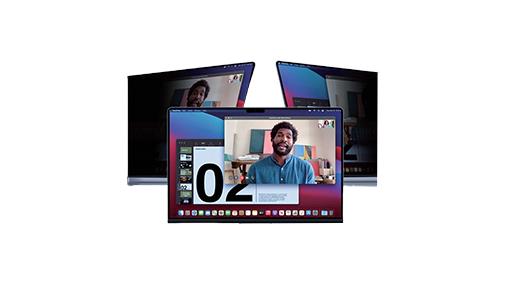
News
How anti-peep film works2024-04-15
The working principle of anti-peep film mainly involves refraction and reflection in optical technology. Anti-peep film is usually made by special micro-surface structure and coating technology, with certain optical properties, so that the content of the screen in a specific angle range can only be seen by the user who is facing the screen, while the side or squinting people will not be able to clearly identify the content of the screen. The following is a brief explanation of the working principle of anti-peep film:
1. Refraction: The surface of the anti-peep film has been specially processed to form a tiny concave-convex structure, and a certain degree of refraction will occur when the light enters the film. This refractive ability can make side viewers see the angle of the light is reflected, resulting in the screen content blurred or unrecognisable. The user who is facing the screen can see the screen content clearly through this micro-surface structure.

2. Reflection: In addition to refraction, anti-peep films usually also use reflection technology to limit the side viewer's line of sight. Through a special coating or multi-layer composite film structure, anti-peep film can reflect part of the incident light, so that the side viewers see the reflected light, making the screen content invisible.
Comprehensive refraction and reflection of the above role, the working principle of anti-peep film is to control the refraction and reflection of incident light, so that only from a specific angle range of viewing the screen users can clearly see the content, while other angles of the observer can not see the details of the screen. This effectively protects the user's private information when using the device in public and prevents others from peeking at the screen content.
Overall, the working principle of anti-peep film is based on optical technology, which achieves refraction and reflection through special micro-surface structure and coating technology to limit the visibility from lateral angles and protect the user's private information in a public environment. This technology can protect the user's privacy without affecting the normal use experience, which is a very practical privacy protection product.
